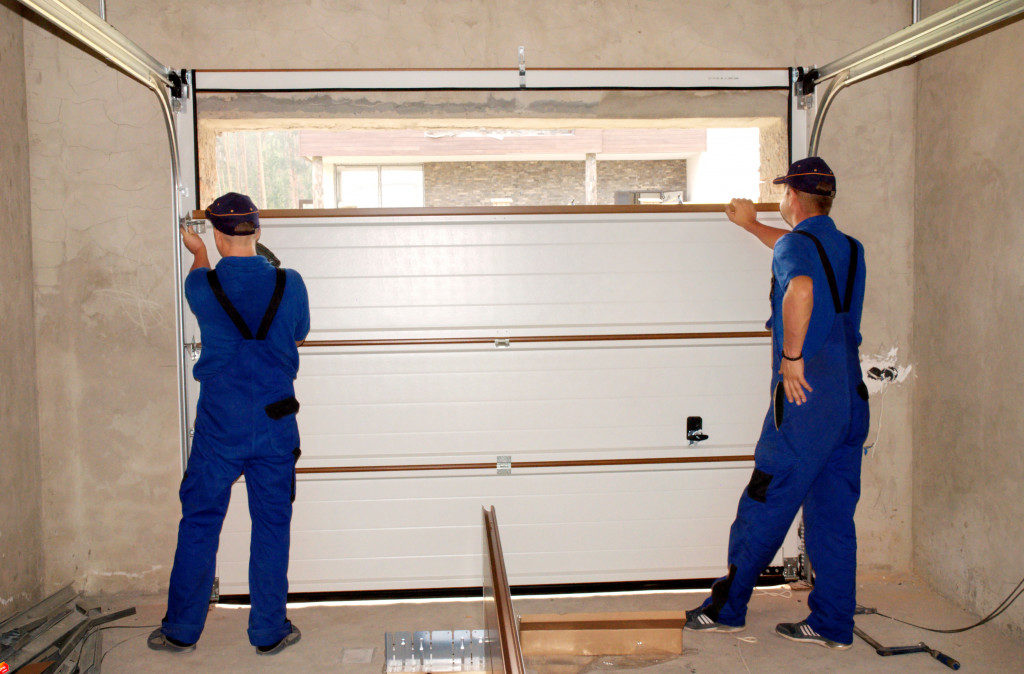Regardless of the kind of garage door, all garage door problems pretty much boil down to one root cause: the tension springs. Often, the repetitive use — rolling up and down multiple times a day, every day — makes the spring mechanism wears out over time.
Luckily, repairing your garage door can be just as simple as repairing any other doors. Don’t retire your garage door yet. Perhaps, you can look for more durable extension springs in Michigan to replace the worn-out springs of your garage door. Here are more vital tips on getting your garage door to work again.
Detect malfunction in the mechanism
Before starting any renovations to your garage door, list down all the looming malfunctions, so you’ll know if it warrants a repair or a replacement.
If the garage door acts up when opening or closing, or it opens slightly and then immediately shuts, that’s a problem with the spring system. It is no longer holding up to its task of being a counterbalance to the door’s weight and will need to be replaced.
When replacing extension springs, it’s best to take them all out at the same time, even if only one seems to be worn out. This ensures that all the springs are equally sturdy. Buy springs that have containment cables that act as safety should they snap loose.
If the garage door isn’t sealing all the way down, it might be a sign of damaged rollers. Your first option is to lubricate the rollers. But if that doesn’t work, consider replacing them as soon as possible.
Check the parts for wear and tear
The mechanism seems fine — it’s responsive. But it takes too long to open and close. What could be the problem? Check the parts for wear and tear.
If your garage door seems too slack, you can use a wrench to tighten it at the tension rod’s turnbuckles on the inner side, so it straightens up. To make the mechanism run even smoother, tighten the roll brackets with the same wrench.
Another vulnerable part is your garage door’s weatherstripping or seal. Get rid of rotting trims and frames and install new weatherstripping, instead.
Most garage doors are made from wood and are, thus, susceptible to cracks and rot. Make sure to apply wood hardener and waterproof filler on these gaps. For further maintenance, apply protective lacquer, and as always, make sure all parts — jambs, hinges, and tracks — are sufficiently lubricated.
Repair the remote system

If everything is fixed and functioning, then the problem might lie on the garage door’s remote system.
One common occurrence is when your remote or keyless garage door closes then immediately opens. This indicates an alignment problem with the door’s photo-eye or the safety sensor on both sides of the door. Make sure nothing is blocking the sensor, including accumulated dirt or debris. If the problem persists, then you might need to re-align its sensors. Adjust the photo-eye by measuring the distance from the ground to its sensors.
A defective auto-reverse function might not seem pertinent, but this poses a lot of safety hazards. If the door doesn’t open back up even when there’s an obstruction, consider replacing its sensors altogether.
If fixing or replacing garage door parts is no longer viable, you can choose to install a new garage door. When replacing garage doors, make sure to contact professional help, either for extra manpower or for expert advice.





